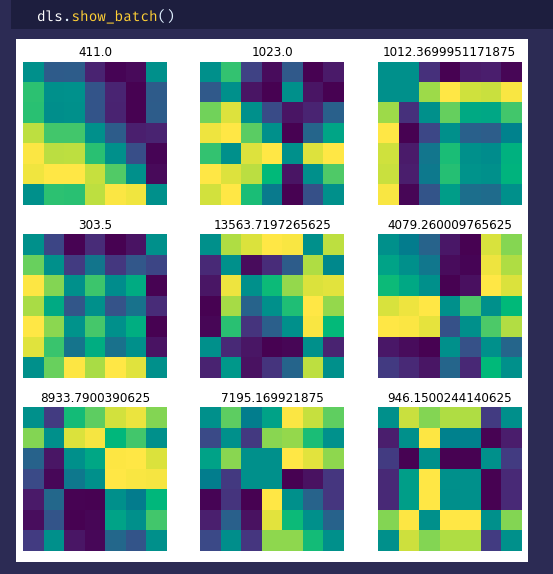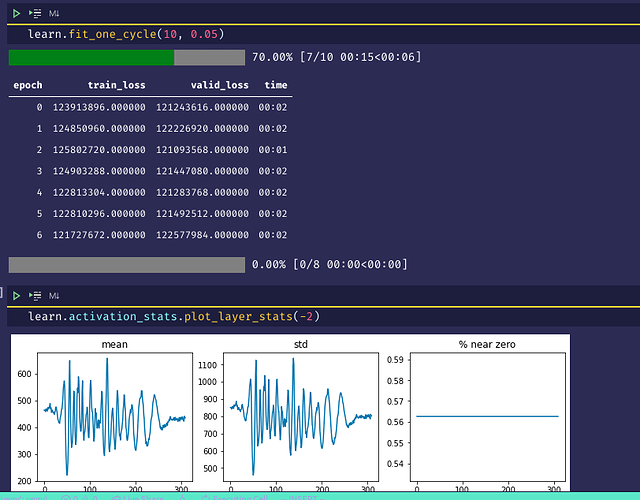Hi there,
I’m trying to create a CNN network to predict a single float number from an image.
The float output can assume the values from 0.0 to 20000.0.
Each image is a coloured 7x7 image, labelled with a float number as well.
This is my DataBlock
x_column = "image"
y_column = "label"
dls = DataBlock(
blocks=(ImageBlock, RegressionBlock),
get_x=ColReader(x_column, pref='', suff=''),
get_y=ColReader(y_column),
batch_tfms=[]
).dataloaders(df)
df is like that

the CNN is
def conv(ni, nf, ks=3, act=True):
res = Conv2d(ni, nf, stride=2, kernel_size=ks, padding=ks//2)
if act: res = Sequential(res, ReLU())
return res
simple_cnn = Sequential(
conv(3, 12, ks=5),
conv(12, 24),
conv(24, 48),
conv(48, 1, act=False),
Flatten(),
)
and the learner is
learn = Learner(dls, simple_cnn, loss_func=MSELossFlat(), cbs=ActivationStats(with_hist=True))
very simple, but the network isn’t learning, even if use smaller learning rates the result is the same
any help?
is the correct model for predicting a number from an image, even if the network never saw the number in the training labels set?
thanks



